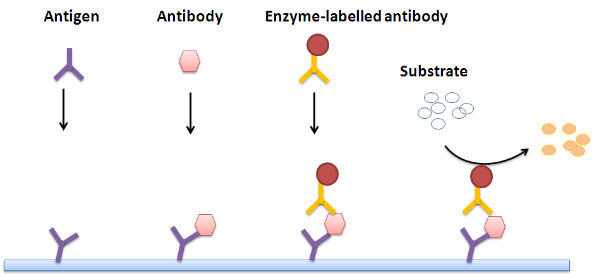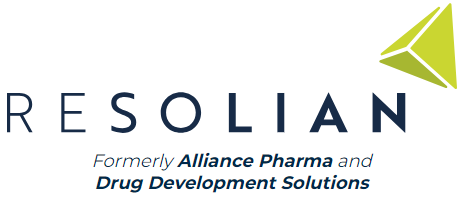An enzyme-linked immunosorbent assay (ELISA) is a chemical test to detect the presence of proteins or other molecules. The enzyme-labeled antibody binds to antigens leading to a color change that is used to quantify antigen-antibody interactions. Quantification of these concentrations requires measuring the intensity of the color change, which indicates the concentration of antigen bound to the antibody. ELISA’s include four variants: direct, indirect, sandwich, and competitive, which all have their respective advantages and disadvantages.

Benefits of an ELISA
High Sensitivity: The concentration of both antibody and antigen can be quantified on the nanogram scale. This means that scientists can use a smaller amount of enzyme, which still produces a large scale catalytic reaction.
High Specificity: Antibodies are very specific to their targets due to their spatial configuration and chemical structure. They can easily recognize and bind to antigens similar to how a key unlocks a specific door.
Versatility: Indirect ELISA’s allow for multiple primary antibodies created in one species with the same labeled secondary antibody used for detection. Also, it’s easy to wash off any unbound antibodies by applying a detergent solution to the plate.
Clinically approved ELISA tests for diseases like HIV, Lyme disease, and tuberculosis are proving their efficacy and value to the Pharmaceutical industry.






